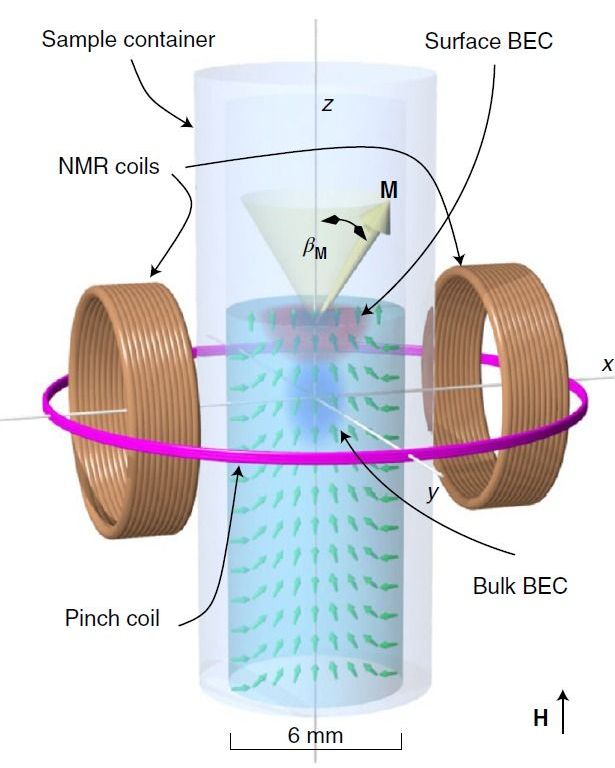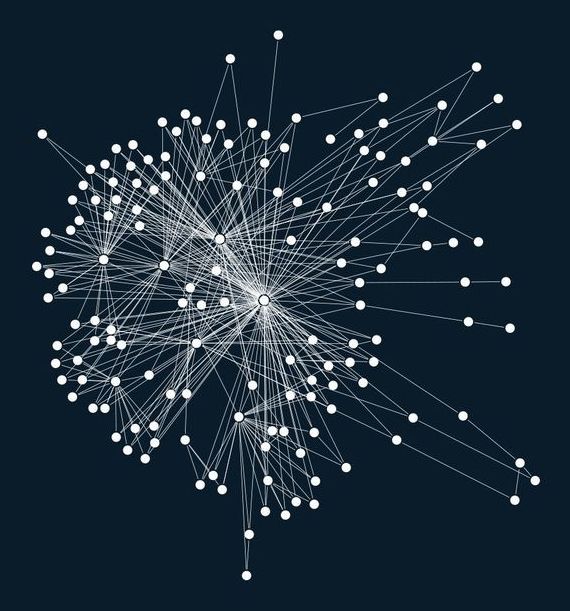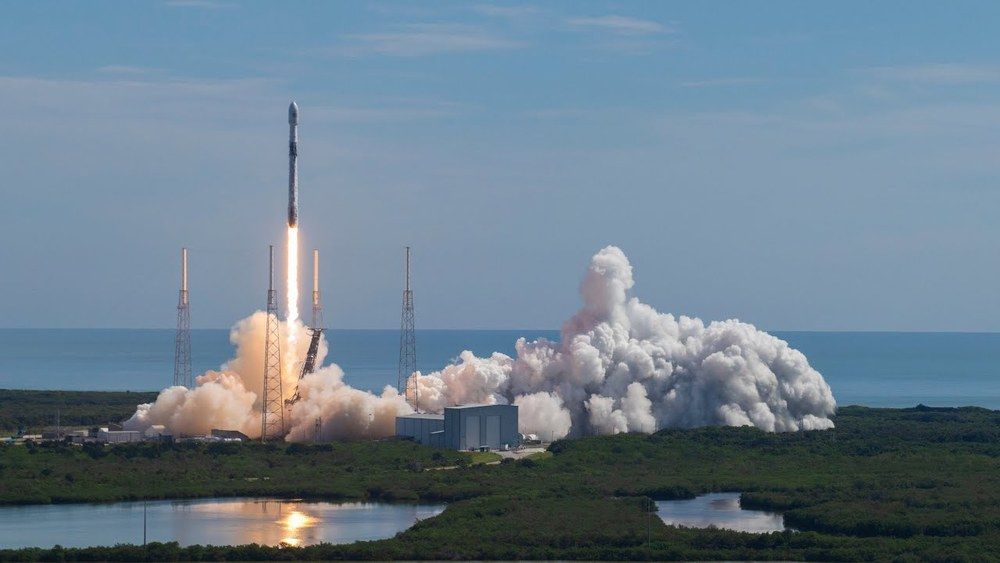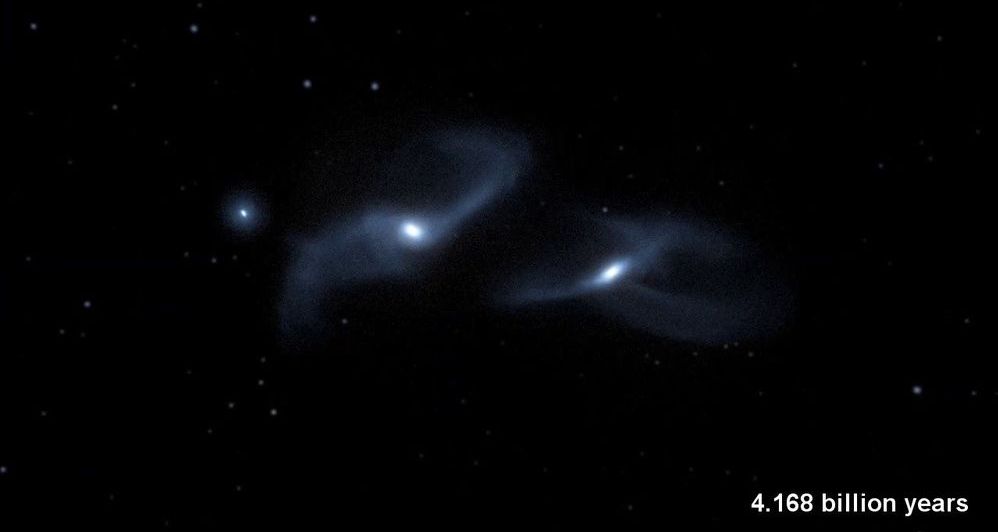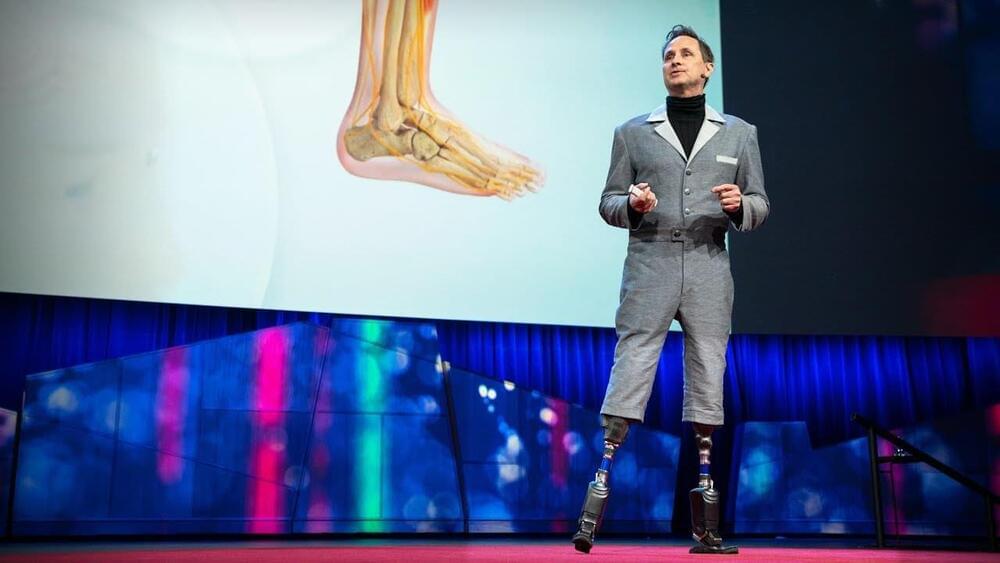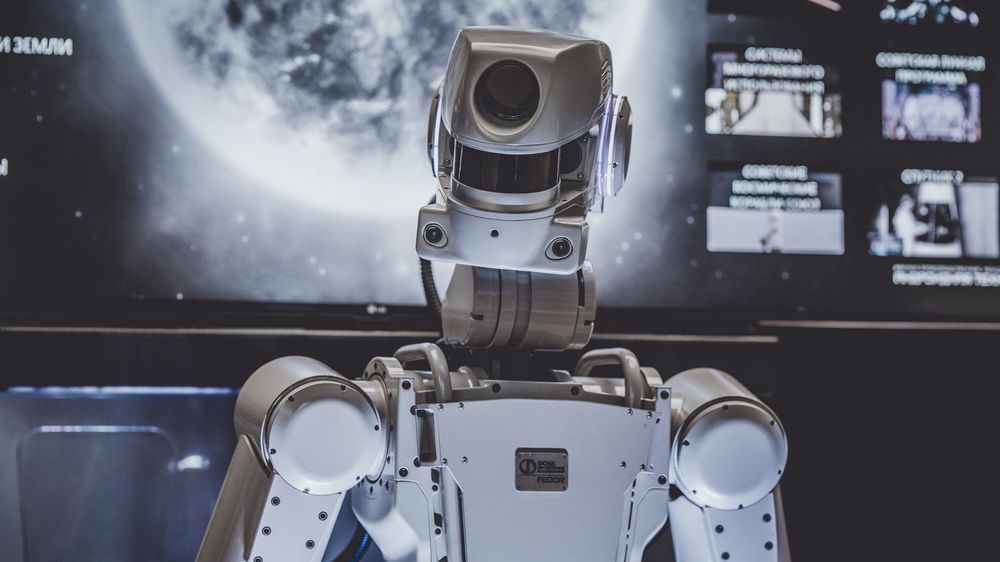
Combing through historical seismic data, researchers using a machine learning model have unearthed distinct statistical features marking the formative stage of slow-slip ruptures in the earth’s crust months before tremor or GPS data detected a slip in the tectonic plates. Given the similarity between slow-slip events and classic earthquakes, these distinct signatures may help geophysicists understand the timing of the devastating faster quakes as well.
“The machine learning model found that, close to the end of the slow slip cycle, a snapshot of the data is imprinted with fundamental information regarding the upcoming failure of the system,” said Claudia Hulbert, a computational geophysicist at ENS and the Los Alamos National Laboratory and lead author of the study, published today in Nature Communications. “Our results suggest that slow-slip rupture may well be predictable, and because slow slip events have a lot in common with earthquakes, slow-slip events may provide an easier way to study the fundamental physics of earth rupture.”
Slow-slip events are earthquakes that gently rattle the ground for days, months, or even years, do not radiate large-amplitude seismic waves, and often go unnoticed by the average person. The classic quakes most people are familiar with rupture the ground in minutes. In a given area they also happen less frequently, making the bigger quakes harder to study with the data-hungry machine learning techniques.
